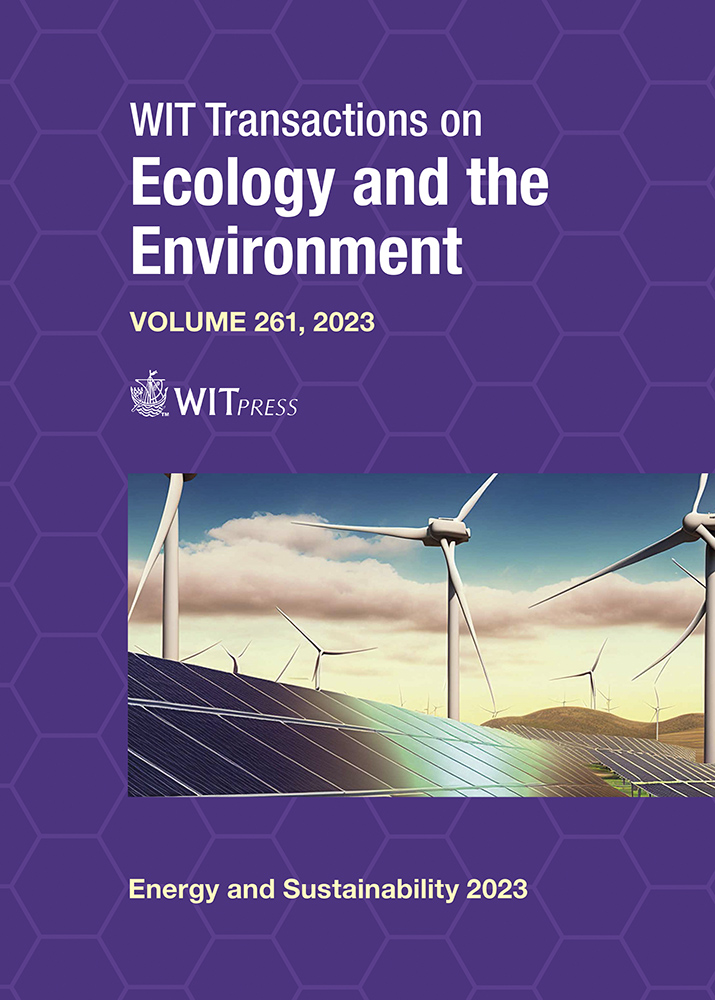POTENTIAL OF SOLAR INCIDENCE IN MULTI-FAMILY STUDENTS’ PROJECTS IN LIMA, PERU
Price
Free (open access)
Transaction
Volume
261
Pages
13
Page Range
101 - 113
Published
2023
Paper DOI
10.2495/ESUS230091
Copyright
Author(s)
RICHARD H. VALDIVIA-SISNIEGAS, DIEGO C. MANCILLA-BRAVO, VIVIAN M. CHICHIPE-MONDRAGÓN, PAOLA B. CHICCHE-MAMANI, AYLIN MILAGROS VÍLCHEZ-DOMÍNGUEZ
Abstract
This research focuses on evaluating the solar incidence obtained from students’ projects in the second year of architectural academic learning and establishes ratios and performances according to the quantity of photovoltaic (PV) areas and dwellings designed in Lima, Peru. Projects were developed considering the introduction of the architectural integration of PV (AIPV) concept in conventional multi-storey buildings typology. The resulting solar incidence validates an original teaching process carried out for an effective AIPV as part of the intermediate training in the architecture course; and it can also be considered as a valuable source to inform about the enormous possibilities of solar potential in relevant projects and expected policies addressed to housing and energy sectors in Lima. Numerous multi-family projects inside urban blocks with internal patios were evaluated. Although PV array orientations may differ between −49° and +75° with respect to the recommended azimuth (north = + 0°), acceptable performances are achieved (an average up to 80.55% of the available solar incidence by square meter at PV arrays), by using 41.49% of rooftop area. However, if better performances are expected, efforts are required to obtain more convenient azimuth orientation angles (from NNW to NNE) as well as reduce shading effects by separation and geometry configurations at rooftops. The average PV area per property could cover a large part of the electrical needs of dwellings in Lima, and it is very encouraging to allow owners to become self-consumers or even prosumers in the future, facilitating adaptation and mitigation scenarios to climate change in the urban environment. Other technical problems (other than solar incidence) can be studied in further research.
Keywords
architectural integrated PV, PV integration, solar incidence, multifamily, dwelling, roofs





